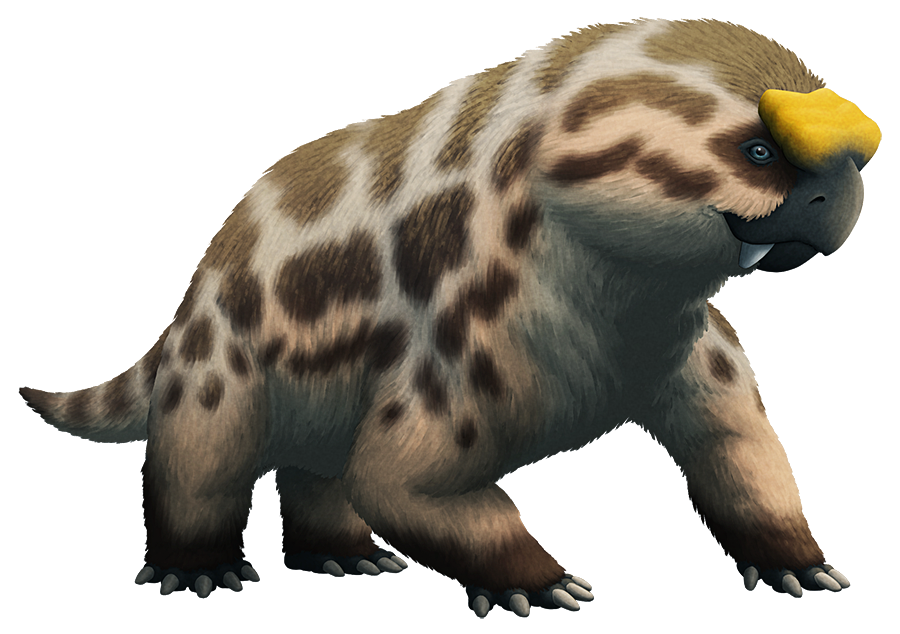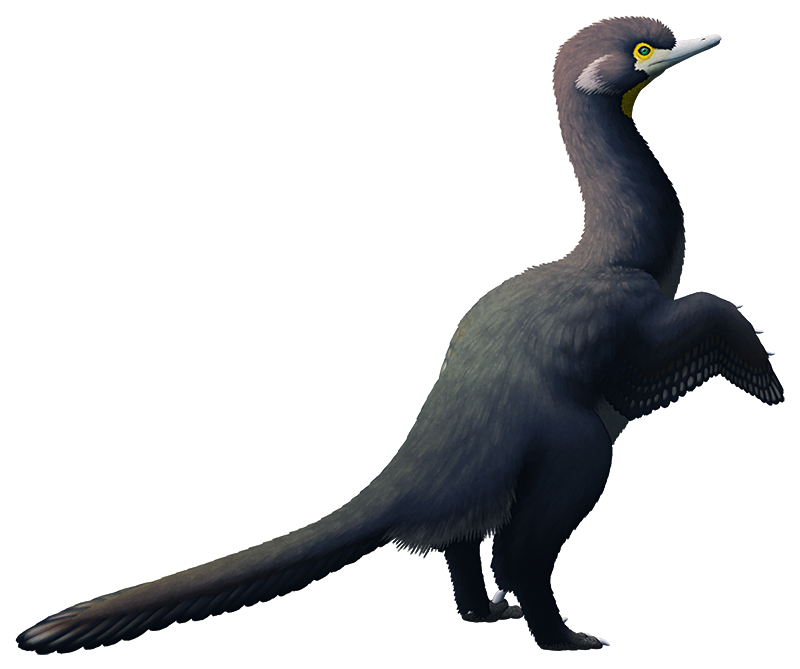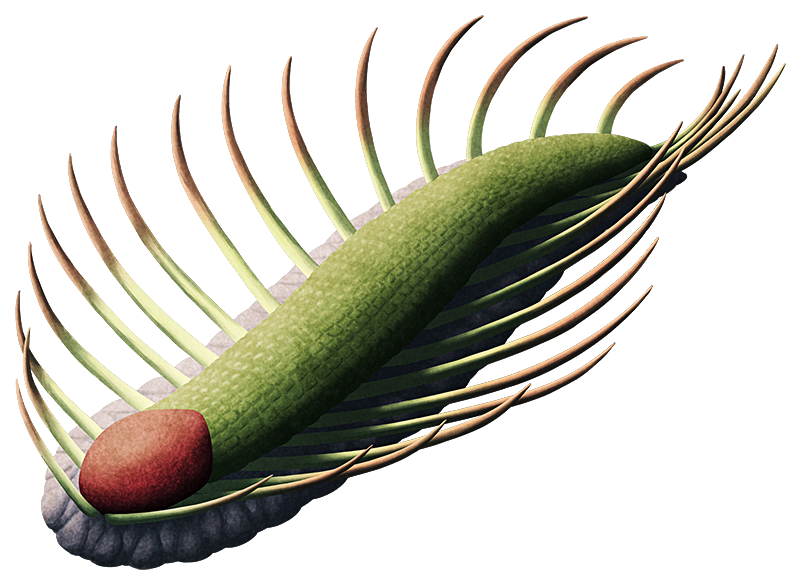Halszkaraptor escuilliei, a dromaeosaurid (“raptor”) dinosaur from the Late Cretaceous of Mongolia (~75-71 mya). It’s known from a single near-complete skeleton and would have been about the size of a modern mallard duck, around 60cm long (2′).
It had some very odd features for a raptor, with many small sharp backwards-pointing teeth, crocodile-like sensory pits on its snout, a long flexible neck, small flipper-like arms, a relatively short tail, and a more upright body posture than its other relatives. All these traits together suggest it may have been semi-aquatic, which is a pretty big deal since the only other group of non-avian dinosaurs known to have developed adaptations for life in the water were the spinosaurids.
The fossil was originally illegally excavated by fossil poachers and was owned by private collectors for several years, but it has now been returned to science and is due to be repatriated to Mongolia. With its odd anatomy and the exact origin of the specimen being unknown, there’s some skepticism about whether Halszkaraptor represents a genuine animal or an elaborate fake chimera – but synchrotron scans of the fossil and its similarity to previously-discovered more fragmentary short-armed raptors like Mahakala suggest that it is real, and it really is that weird.




